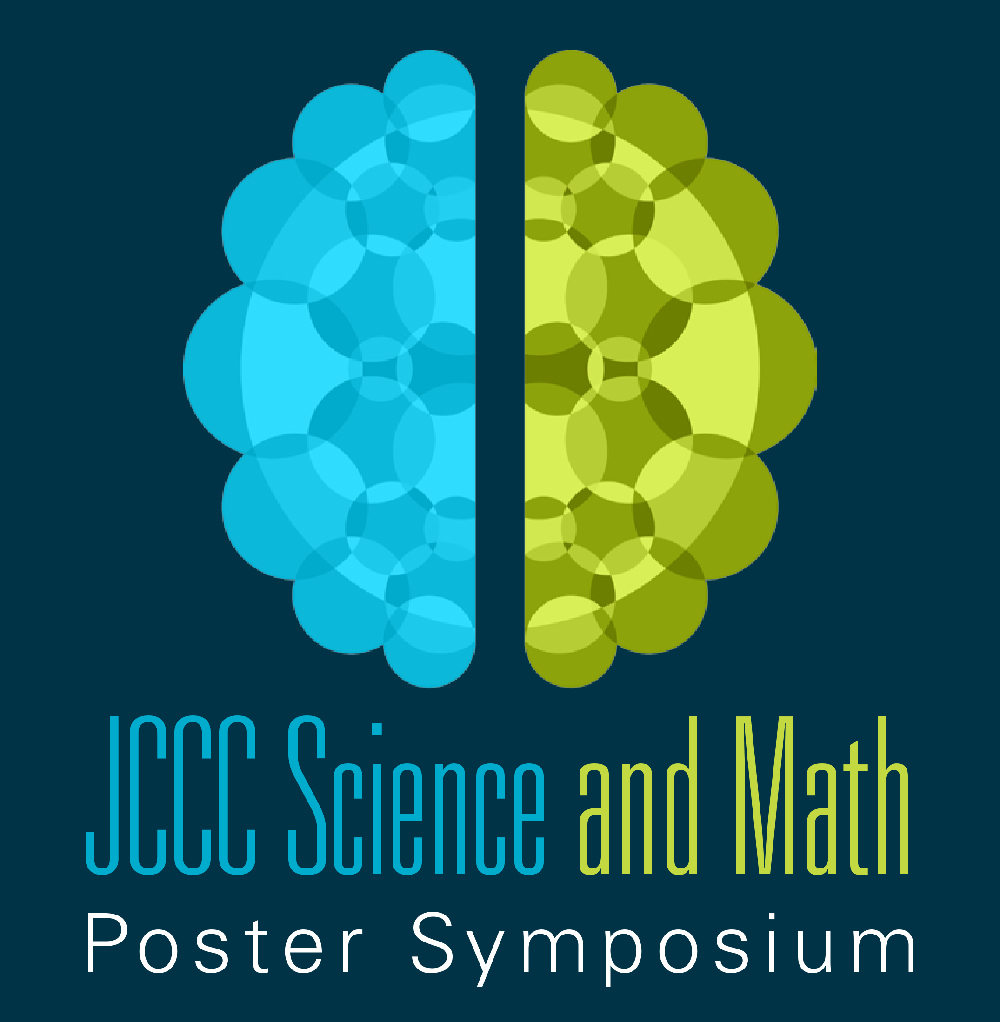Discovery of Antibiotic Producing Bacteria
Location
CoLab
Start Date
3-5-2019 1:30 PM
End Date
3-5-2019 2:45 PM
Document Type
Poster
Description
This research project was performed to search for bacteria that produces antibiotics. The candidate bacteria was first isolated by performing serial dilutions and creating master plates of candidate bacteria. They were tested against the safe relatives of ESKAPE pathogens (Enterococcus faecium, Staphylococcus aureus, Klebsiella pneumonia, Acinetobacter baumannii, Pseudomonas aeruginosa and the various species of Enterobacter) which are Enterococcus faecalis (E. faecalis), Staphylococcus epidermidis (S. epidermidis), Escherichia coli (E. coli), Acinetobacter baylyi (A. baylyi), Pseudomonas putida (P. putida) and Enterobacter aerogenes (E. aerogenes)to determine which strains are inhibited by the candidate. The candidate had zones of inhibition when tested against P. putida, S. epidermidis and E. coli. A Gram stain done on the candidate determined that the candidate is a Gram-negative bacillus bacteria. Polymerase Chain Reaction and gene sequencing was then performed on the DNA of the candidate to determine which genus it belongs to.
Image
Discovery of Antibiotic Producing Bacteria
CoLab
This research project was performed to search for bacteria that produces antibiotics. The candidate bacteria was first isolated by performing serial dilutions and creating master plates of candidate bacteria. They were tested against the safe relatives of ESKAPE pathogens (Enterococcus faecium, Staphylococcus aureus, Klebsiella pneumonia, Acinetobacter baumannii, Pseudomonas aeruginosa and the various species of Enterobacter) which are Enterococcus faecalis (E. faecalis), Staphylococcus epidermidis (S. epidermidis), Escherichia coli (E. coli), Acinetobacter baylyi (A. baylyi), Pseudomonas putida (P. putida) and Enterobacter aerogenes (E. aerogenes)to determine which strains are inhibited by the candidate. The candidate had zones of inhibition when tested against P. putida, S. epidermidis and E. coli. A Gram stain done on the candidate determined that the candidate is a Gram-negative bacillus bacteria. Polymerase Chain Reaction and gene sequencing was then performed on the DNA of the candidate to determine which genus it belongs to.


Comments
The faculty supervisors for this project were Beth Edmonds and Melissa Beaty for the STEM Scholars program.